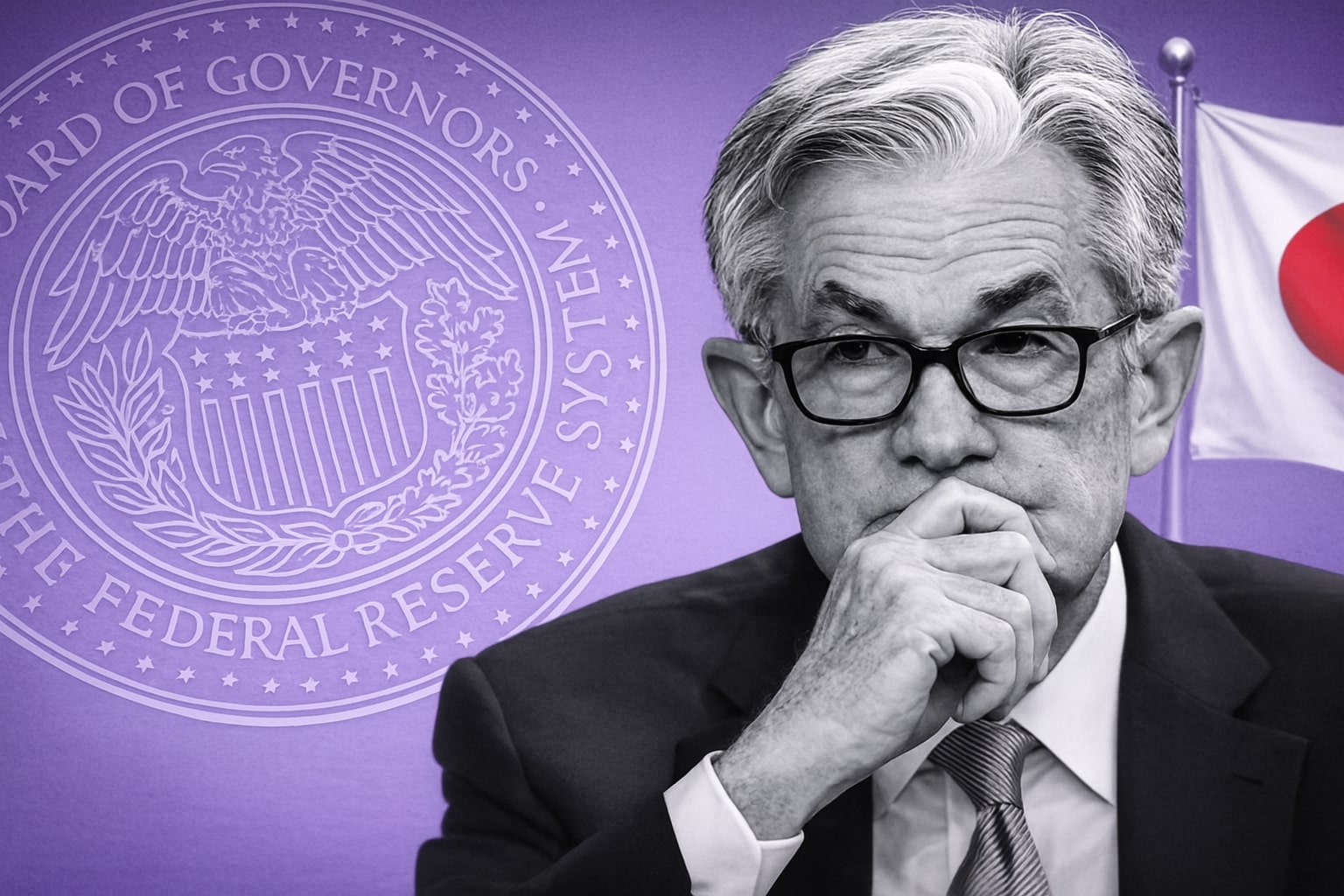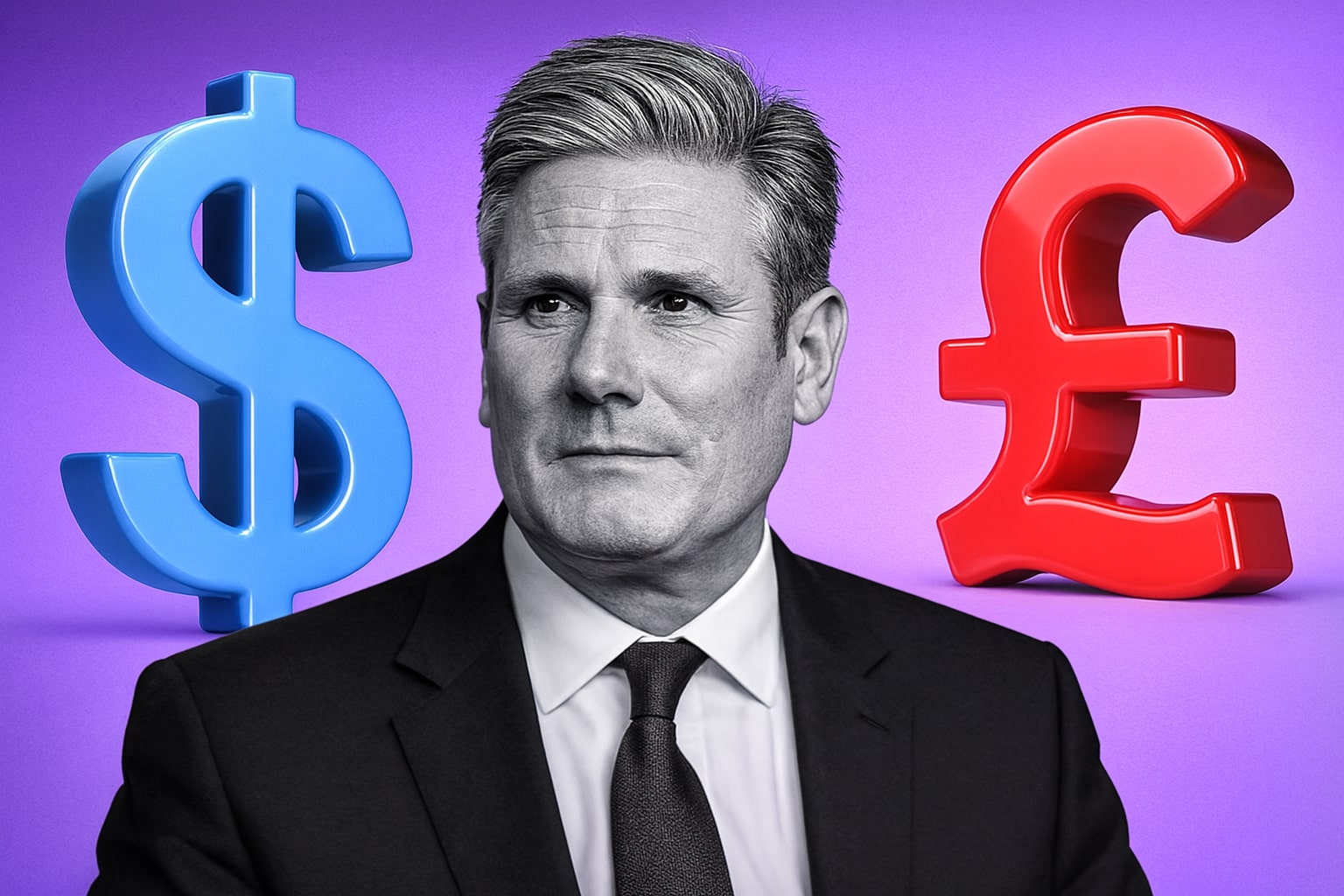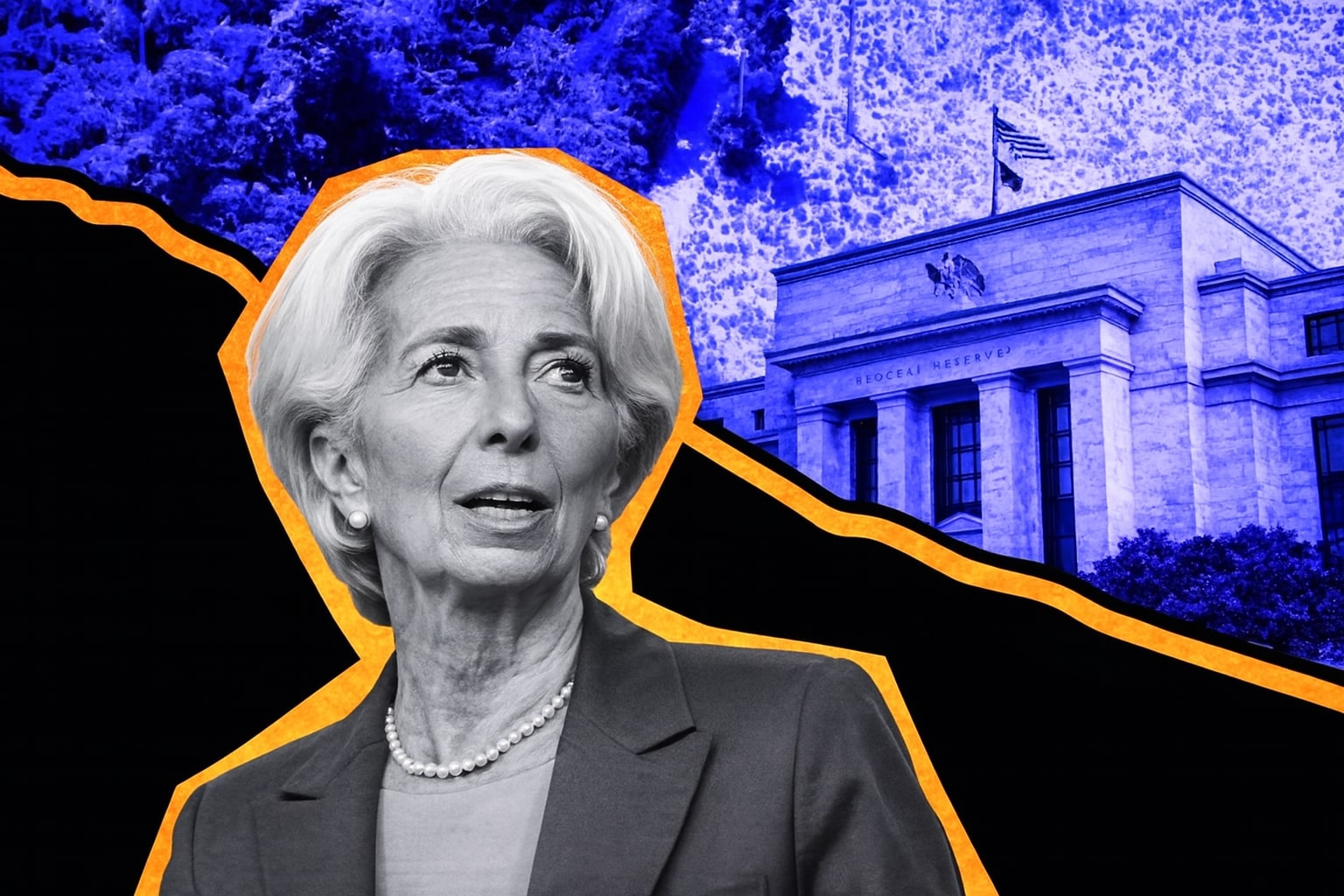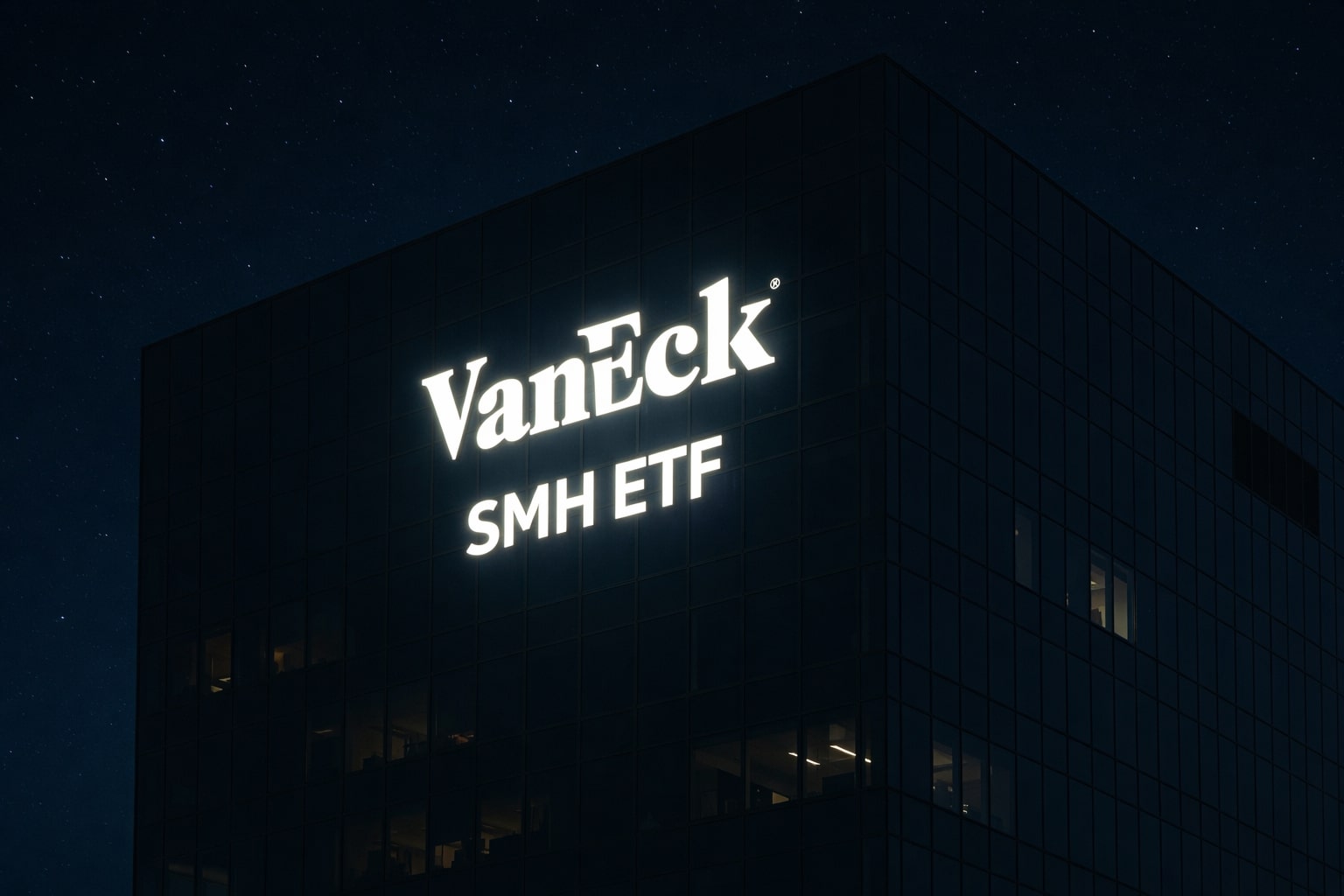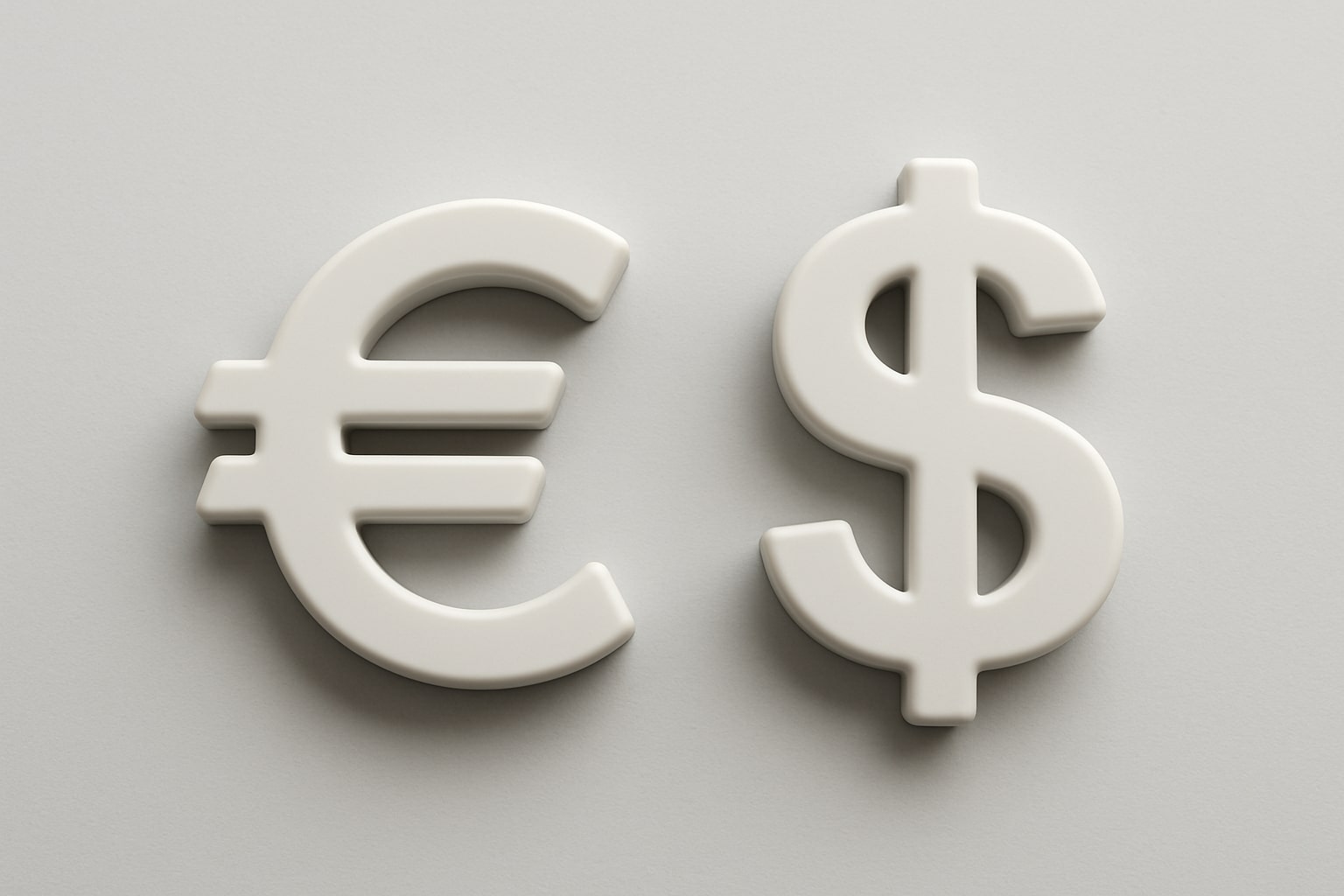
EUR/USD Price Anchors at Key 1.1636 Level as Fed Succession Talk and EMA Support Bolster Bulls
A confluence of 20–200-period EMAs between 1.1602 and 1.1625 underpins EUR/USD’s draw from 1.1700 resistance, while political dynamics around Fed Governor appointments shape near-term direction | That's TradingNEWS
Technical Confluence Anchoring EUR/USD at 1.1635
EUR/USD has found itself cradled above the 0.618 Fibonacci retracement of July’s decline at precisely 1.1636, with the 20-, 50-, 100- and 200-period exponential moving averages tightly packed between 1.1602 and 1.1625. This dense cluster of dynamic supports not only arrested the pullback from the 1.1700 barrier but also underpins the ongoing recovery bias. The four-hour Relative Strength Index, having cooled from overbought highs into the low-60s, confirms that momentum has reset without breaking the underlying upward tilt. As long as EUR/USD remains north of the 1.1610 floor, where trend‐line support from August 1 converges, the path of least resistance points back toward the 1.1665 pivot and the critical 1.1685–1.1700 zone. A sustained daily settlement above 1.1700 would validate a resumption of the rally, opening the way to test 1.1750 and 1.1780.
Geopolitical Undercurrents and Fed Succession Implications
Political developments in Washington have introduced fresh axes of currency risk. Rumors that Federal Reserve Governor Christopher Waller, a known rate-cut advocate appointed under President Trump, might succeed Jerome Powell have buoyed dollar bulls waiting for looser monetary policy. Likewise, the prospect of Stephen Miran joining the Fed Board ahead of September’s meeting has injected uncertainty about the central bank’s next move. Meanwhile, U.S. Initial Jobless Claims unexpectedly rose to 226,000 against forecasts of 221,000, and second-quarter nonfarm productivity climbed a muted 2.4%—both indicating that disinflationary forces may not yet justify an imminent rate cut. This tug-of-war between political signals favoring accommodation and labor-market data tempering expectations has kept EUR/USD oscillating in its technical range.
Macro Data Divergence Across the Atlantic
In Europe, the latest HCOB Flash Services PMI print for the eurozone fell to 51.0, marginally softer than June’s 51.2, with France at a contractionary 48.5 and Italy hovering at 52.3. Germany and Spain bucked the trend, posting modest improvements but failing to sway the euro significantly. On the U.S. front, the ISM Services PMI stagnated at 50.1—down from 50.8—while the trade deficit narrowed to $60.2 billion, its smallest gap in almost two years. The narrowing U.S.–China trade imbalance, the Fed’s dovish murmurings (with Mary Daly signaling that the central bank “can’t wait forever” to cut rates), and a 90% probability priced in for a 25-basis-point cut in September have all conspired to temper dollar strength, even as EUR/USD struggles to reclaim 1.1700.
Symmetrical Triangle and Breakout Scenarios
Charting from late July, EUR/USD has carved out a symmetrical triangle, compressing between the descending apex near 1.1686 and the rising trend-line support at 1.1610. This wedge pattern suggests that a decisive break in either direction could trigger a volatile impulse. To the upside, a breach of 1.1686 on elevated volume would likely propel prices toward 1.1718 and potentially 1.1777, matching the measured-move projection of the pattern’s height. Conversely, a close below 1.1610 risks a slide first toward the 1.1585 zone—aligned with the 50% retracement of July’s drop—and, if continued downward momentum materializes, deeper tests of 1.1543 and ultimately 1.1485, which coincides with the triangle’s lower boundary and a key psychological threshold.
Short‐Term Bearish Traps and Liquidity Pools
Intraday trading has revealed potential false-break setups around 1.1480, where EUR/USD briefly flirted with new lows only to snap back above 1.1445. This price action often signals a liquidity grab of sell-stop orders before a reversal, underscoring the importance of monitoring the 1.1440–1.1450 corridor for renewed upside catalysts. Should EUR/USD convincingly reclaim 1.1480 and stabilize, it would invalidate the bearish trap thesis and favor a return to the EMA supports above 1.1600.
Options Market Positioning Reflects Cautious Optimism
Derivatives flow shows a tilt toward calls, with open interest in options above 1.1700 outstripping puts below 1.1600, yet the implied volatilities remain muted relative to past breakouts. Traders are structuring diagonal spreads targeting a move into the 1.1750–1.1800 band by September, reflecting roughly a 25% probability priced in for EUR/USD at or above those strikes. Hedging flows cluster between 1.1550 and 1.1500, indicating that market participants are comfortable carrying downside risk into year-end, provided the euro holds above its key EMA supports.
Insider Transaction Insight from Central Bank Appointments
While corporate insider data is sparse for currency markets, the internal dynamics of Fed governance appointments function analogously. Waller’s public comments about rate reductions and Miran’s anticipated board vote in September act like insider signals—market “transactions” that inform traders of potential shifts in monetary policy. Each public utterance from these prospective Fed leaders has lifted implied swap rates for October, implying that seasoned participants are positioning ahead of what they perceive as an insider view on future easing.
Strategic Positioning and Recommendation
EUR/USD’s multi-layered support between 1.1602 and 1.1636 offers a low-risk entry for a bullish pivot, with an initial stop set below 1.1585. A first profit‐taking zone lies in the 1.1686–1.1700 band, where technicals converge and option expiries cluster. Should momentum carry beyond, targets extend to 1.1750 and 1.1780, in line with Fibonacci extensions and triangle measured-moves. A breach of 1.1610 invalidates this thesis, opening the path toward 1.1543 and 1.1485.
Recommendation: Buy EUR/USD
Entering long in the 1.1620–1.1640 range, targeting 1.1700 with an eye on 1.1750, while protecting downside at 1.1585, aligns with both the technical structure and evolving macro catalysts, offering an asymmetric risk-reward profile in favor of a sustained euro revival.
That's TradingNEWS
Read More
-
SMH ETF: NASDAQ:SMH Hovering at $350 With AI, NVDA and CHIPS Act Fueling the Next Move
16.12.2025 · TradingNEWS ArchiveStocks
-
XRP ETFs XRPI and XRPR: Can $1B Inflows Lift XRP-USD From $1.93 Back Toward $3.66?
16.12.2025 · TradingNEWS ArchiveCrypto
-
Natural Gas Price Forecast: NG=F Falls to $3.80–$3.94 as Warm Winter Kills $5.50 Spike
16.12.2025 · TradingNEWS ArchiveCommodities
-
USD/JPY Price Forecast - USDJPY=X Slides, BoJ 0.50% Hike, Fed Cut and NFP Set the Next Big Move
16.12.2025 · TradingNEWS ArchiveForex














